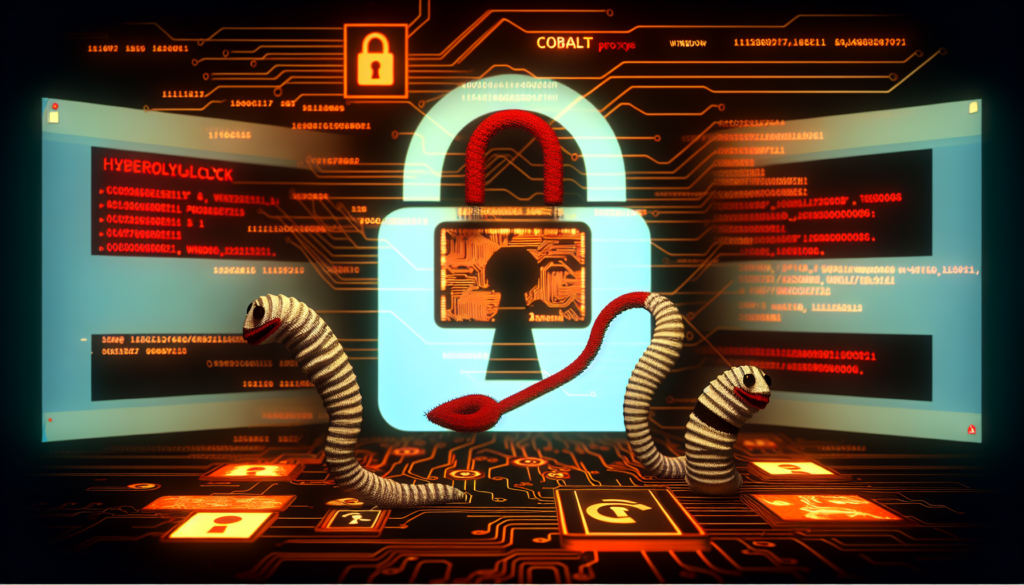Threat Overview
Microsoft Security Research has released a comprehensive analysis of an intrusion into a Windows environment, leading to the deployment of LockBit ransomware on the 11th day. The campaign demonstrates a well-resourced threat actor’s ability to leverage legitimate tools for malicious purposes.
Report Summary
The “Cobalt Strike and a Pair of SOCKS Lead to LockBit Ransomware” report provides insights into the tactics, techniques, and procedures (TTPs) employed by the threat actor. Key events include:
- Initial access via exploitation of a publicly known vulnerability.
- Use of Cobalt Strike for further penetration and lateral movement.
- Employment of SOCKS proxies to mask network communication.
- Privilege escalation and eventual deployment of LockBit ransomware.
Actor Group
While the report does not attribute the campaign to a specific group, it describes the actors as organized with considerable resources at their disposal.
External References
Details of this threat can be found at:
https://thedfirreport.com/2025/01/27/cobalt-strike-and-a-pair-of-socks-lead-to-lockbit-ransomware/
Recommendations
To mitigate such threats, organizations should:
- Keep systems and software up to date to protect against exploited vulnerabilities.
- Implement strong intrusion prevention mechanisms.
- Monitor network activity for suspicious patterns or unusual outliers.
- Regularly backup critical data to minimize the impact of ransomware attacks.
Excerpt
This report highlights the growing threat of sophisticated campaigns leveraging legitimate tools like Cobalt Strike for malicious purposes, and the importance of vigilance in defending against these threats.


